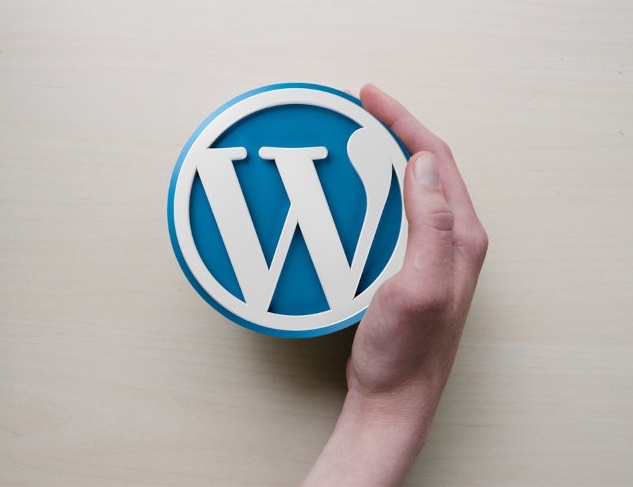Designing a WordPress blog involves a combination of creative choices, strategic planning, and technical implementation. Here’s a step-by-step guide to help you design a visually appealing and functional WordPress blog:
Step 1: Choose a Domain Name and Hosting Provider
- Select a Domain Name: Choose a unique and memorable domain name that reflects the theme or content of your blog.
- Choose a Hosting Provider: Opt for a reliable hosting provider that offers good server performance, security features, and one-click WordPress installation. Popular options include Bluehost, SiteGround, and WP Engine.
Step 2: Install WordPress
- One-Click Installation: Most hosting providers offer a one-click WordPress installation feature. Follow the on-screen instructions to set up your WordPress site.
- Login to WordPress: Access your WordPress dashboard by visiting yourdomain.com/wp-admin and log in using the credentials you created during the installation.
Step 3: Select a WordPress Theme
- Access the Theme Section: In the WordPress dashboard, navigate to “Appearance” > “Themes.”
- Choose a Theme: Browse through the available themes and choose one that aligns with your blog’s style and functionality. Consider factors like responsiveness, customization options, and user reviews.
- Install and Activate: Install your chosen theme and activate it.
Step 4: Customize Your Theme
- Access the Customizer: Navigate to “Appearance” > “Customize” to access the theme customizer.
- Site Identity: Set your site title, tagline, and upload a logo.
- Colors and Typography: Customize colors and fonts to match your brand or personal style.
- Header and Footer Settings: Adjust header and footer settings for a cohesive design.
Step 5: Create Essential Pages
- Add Pages: Create essential pages like “Home,” “About,” “Contact,” and any other relevant pages.
- Menu Navigation: Set up your navigation menu under “Appearance” > “Menus.”
Step 6: Install Essential Plugins
- Yoast SEO: Enhance your blog’s SEO with the Yoast SEO plugin.
- Akismet Anti-Spam: Protect your blog from spam comments using Akismet.
- WP Super Cache or W3 Total Cache: Improve site speed and performance with a caching plugin.
Step 7: Craft Quality Content
- Create Posts: Start crafting and publishing high-quality blog posts.
- Add Media: Insert images, videos, and other media to enhance your content.
Step 8: Implement SEO Best Practices
- Optimize Content: Use relevant keywords naturally in your content.
- Meta Titles and Descriptions: Optimize meta titles and descriptions for search engines using the Yoast SEO plugin.
Step 9: Engage with Your Audience
- Enable Comments: Encourage interaction by enabling comments on your blog posts.
- Social Media Integration: Integrate social sharing buttons and connect your social media accounts.
Step 10: Regular Maintenance
- Update WordPress and Plugins: Regularly update your WordPress version and plugins for security and performance improvements.
- Backups: Implement a regular backup schedule to safeguard your content.

